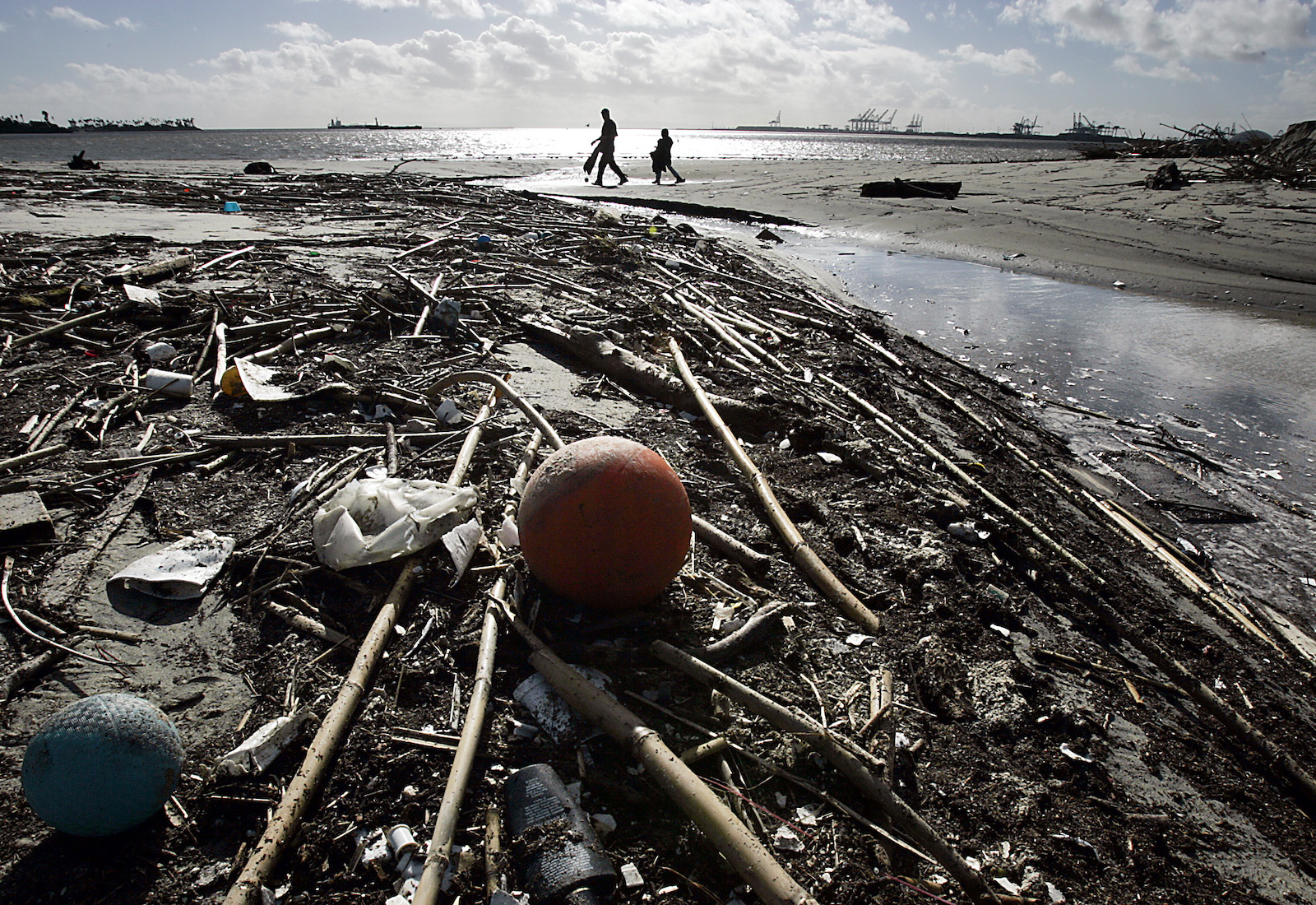Los Angeles County took an aggressive step toward eliminating unnecessary plastic waste on Tuesday: The Board of Supervisors approved an ordinance that will require single-use dishes and cutlery to be fully recyclable or compostable by 2023.
The ordinance, which applies only to the unincorporated areas of Los Angeles County, targets virtually all carryout food providers, from food trucks to coffee shops to hospital cafeterias. Strict definitions for acceptable foodware will require cutlery and dishes to either be compostable at home or widely recycled across California communities. The ordinance also places a ban on the sale of “expanded polystyrene” foam and requires sit-down restaurants to provide guests with reusable dishes and silverware.
Sheila Kuehl, who sits on the Board of Supervisors — the five-member governing body of LA County — said in a press release that the move is “a major step forward in reducing our reliance on plastic and reducing its harm to human and marine health.” Meanwhile, in Northern California, Marin County’s Board of Supervisors approved a similar ordinance on the same day.
Plastic waste is a major problem throughout California, where residents throw away more than 60,000 tons of plastic each year — a weight equivalent to that of roughly 400 blue whales. When this waste finds its way onto beaches and into the oceans — as it so often does — it can harm the tourism industry and burden taxpayers millions of dollars per year in cleanup costs. It can also exert a heavy toll on wildlife and human health, strangling marine animals and leaching hazardous chemicals that may travel up the food chain to find their way into humans’ bloodstreams.
Recycling has helped reduce LA’s burden of plastic waste, but likely only to a limited degree. There’s only so much waste that can be handled by the region’s existing recycling infrastructure, leading some 200 tons of items placed in recycling bins in the City of LA to end up landfilled or incinerated each day. (The City of LA is the largest of the 88 cities that, along with 140 unincorporated areas, comprise LA County.) In landfills, plastic trash can resist breaking down for centuries. And incineration creates noxious air pollution that disproportionately harms low-income communities and communities of color.

Because the ordinance approved by the LA Board of Supervisors only applies to unincorporated areas within LA County, it will only take a small bite out of LA’s plastic waste problem. Still, there are about 1 million people and thousands of restaurants in these areas. According to the Los Angeles Times, the law will affect a larger population than any other policy in the state to cut down on single-use plastics.
Some Southern California business interest groups, like the Valley Industry and Commerce Association, have opposed the ordinance. The association’s president, Stuart Waldman, told Grist it would increase costs for small restaurants, since recyclable and compostable dishware tends to be more expensive. However, environmental advocates note that there are already high human health and ecosystem costs associated with unmitigated plastic production.
“There’s an expense now for these products, and it’s an unsustainable expense,” said Christy Leavitt, plastics campaign manager for the nonprofit Oceana. She added that local governments across California are already paying some $420 million annually as they struggle to keep plastic away from waterways, beaches, and the ocean.
Most restaurants will have until May 2023 to comply with the new ordinance, although there is an extended timeline for some vendors. Food trucks will have until November 2023, and the ordinance won’t go into effect for farmers markets and other temporary facilities until May 2024. Violations will cost $100 per day, with a maximum penalty of $1,000 per vendor per year.
Leavitt applauded board members for their leadership and said the ordinance could spur more ambitious policies at the state level. One ballot initiative — the California Recycling and Plastic Pollution Reduction Act — is particularly promising, she said, as it would not only require producers across all of California to transition to reusable, refillable, compostable, or recyclable packaging and foodware, but would also set a target to reduce the production of single-use plastic items by 25 percent by 2030. Californians will have a chance to vote on the initiative in November.
“We need to stop producing and using so much plastic,” Leavitt said. “That’s going to be what helps stop plastic from going into the ocean.”




